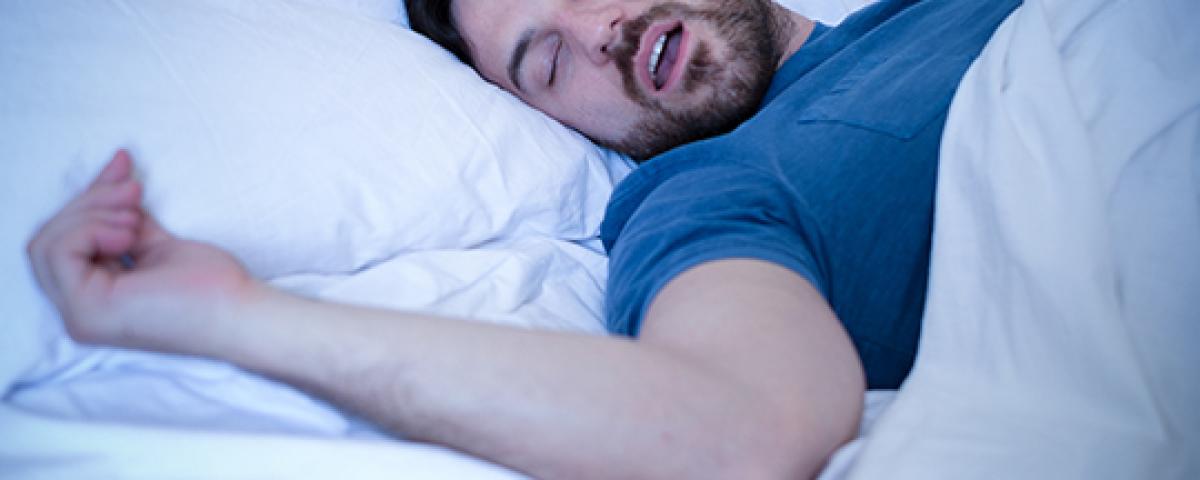
Are you one of the 22 million Americans who suffer from sleep apnea? If you're unable to tolerate the most common treatment for the disorder—a continuous positive airway pressure (CPAP) device—you may find relief from an upper airway stimulator.
Obstructive sleep apnea is a sleep disorder in which breathing repeatedly stops and starts during sleep. The most common symptoms of the condition are snoring loudly and feeling tired, even after a full night’s rest. Someone with sleep apnea wakes up multiple times a night, and this constant disruption of sleep can leave people chronically fatigued, and increases the risk of heart attack, stroke, dementia and premature death.
The most common treatment option for people with obstructive sleep apnea is the CPAP machine, which keeps the airway open by sending a constant flow of pressurized air into the nose or mouth by way of a mask worn during sleep. However, this device doesn’t work for everyone: up to 50 percent of patients with obstructive sleep apnea do not tolerate or benefit from CPAP.
Fortunately, there is an alternative to CPAP available at Mercy. Dr. Rachel Cain, MD, ear, nose and throat specialist, is able to surgically implant a small device that stimulates the muscles in a patient's upper airway during sleep to prevent obstruction. Dr. Cain, who received training to perform the procedure during her residency at Mayo Clinic, saw a local need for the technology when she returned to her hometown of Durango in 2016.
The device is implanted during an outpatient surgery in which Dr. Cain makes three small incisions to place the unit's three components: a nerve stimulator, voltage generator, and breathing sensor. The nerve stimulator is placed around the hypoglossal nerve in the upper neck, which controls the muscles of the tongue. The generator is placed in the upper chest and sends an electrical pulse to the nerve. The sensor is placed through an incision near the ribs and signals the generator to activate when the patient takes a breath. The three components are connected by flexible wires that run underneath the skin. Once implanted, patients control the device with a remote control, turning it on each night before bed and off in the morning. About two months after surgery, patients spend a night in the Four Corners Sleep Disorders Center at Mercy to determine the appropriate implant settings to fit the patient’s level of sleep apnea.
Studies have found an average of 78 percent reduction in sleep apnea events per hour following the implantation of the device. Mercy is the only hospital in the Four Corners to offer this effective treatment which may improve not only the quality of your sleep but also the quality of your life. If you suffer from chronic sleep problems, talk to your doctor about seeing a Mercy sleep specialist and having a sleep study at Mercy’s Four Corners Sleep Disorders Center.





